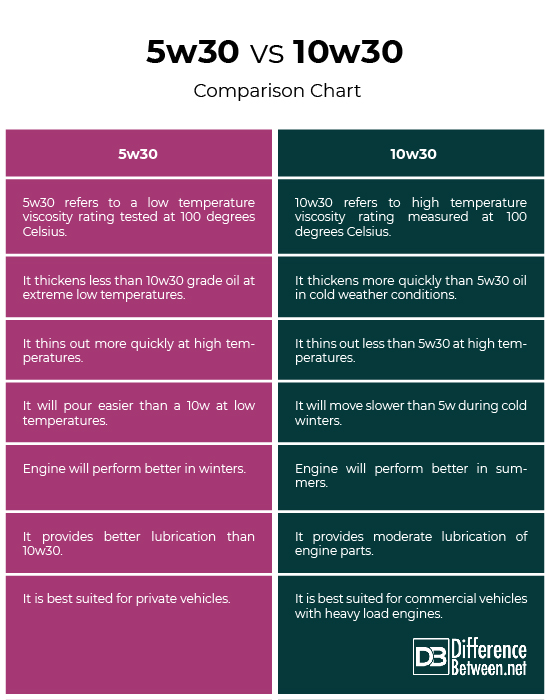Biodiesel, a renewable energy source derived from organic materials, has gained popularity in recent years as an alternative to traditional fossil fuels. While it offers various benefits, there are also drawbacks associated with its production and use. In this article, we will explore two significant drawbacks of using biodiesel.
1. Increased Emission of NOx
One of the major drawbacks of biodiesel is its potential to increase the emission of nitrogen oxides (NOx) into the atmosphere. NOx emissions can lead to the formation of smog and acid rain, which have detrimental effects on the environment and human health.
When biodiesel is burned as fuel, the combustion process can result in the release of higher levels of NOx compared to conventional diesel fuels. This poses a challenge in meeting air quality standards and addressing concerns related to pollution control.

Credit: auto.howstuffworks.com

Credit: glassmerefuel.com
2. Lower Energy Output
Another significant drawback of using biodiesel is its lower energy output compared to petro-diesel. Biodiesel contains less energy per unit volume than traditional diesel fuels, which means that more biodiesel is required to achieve the same level of energy output.
This lower energy density of biodiesel can result in reduced fuel efficiency and increased fuel consumption in vehicles and machinery that run on biodiesel. As a result, users may experience higher operational costs and decreased overall performance when using biodiesel as a fuel source.
Conclusion
While biodiesel offers a promising alternative to fossil fuels with its renewable nature and potential environmental benefits, it is essential to consider the drawbacks associated with its use. The increased emission of NOx and lower energy output are two key challenges that need to be addressed to maximize the efficiency and sustainability of biodiesel as a fuel source.
By understanding these drawbacks and exploring ways to mitigate them through technological advancements and regulatory measures, the adoption of biodiesel can be optimized to create a more sustainable energy future.
For more information on biodiesel and its advantages and disadvantages, stay tuned for our upcoming articles!


